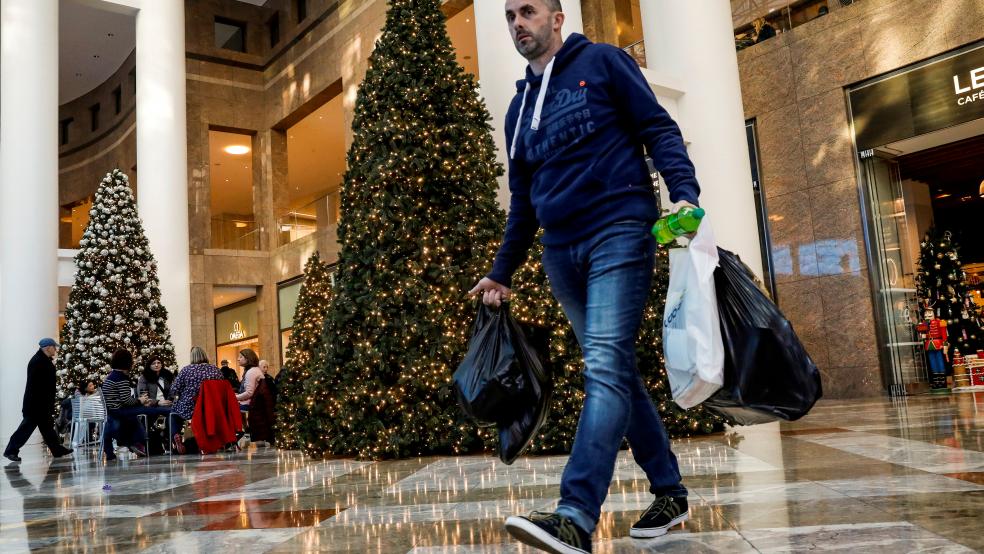The U.S. economy grew by 1.7% in the fourth quarter of 2021, the Commerce Department announced Thursday. The quarterly figure translates to an annualized rate of 6.9%, a better-than-expected result that boosts confidence that the rebound from the Covid-19 pandemic is continuing at a solid pace.
For the full year, GDP growth totaled 5.7%, the highest since 1984.
The numbers are particularly encouraging given the potentially negative impact of two different coronavirus waves in the second half of 2021. Worries about possible supply chain problems seem to have contributed to the strong growth in the final quarter, as retailers built up inventories ahead of the holidays in order to ensure a sufficient supply of goods. Household spending and private investment also rose significantly.
Taking credit: The White House was quick to highlight the latest report, saying the strong growth was “no accident” but rather the product of an economic strategy focused on creating good-paying jobs, boosting manufacturing and strengthening the supply chain. “The GDP numbers for my first year show that we are finally building an American economy for the 21st Century, with the fastest economic growth in nearly four decades, along with the greatest year of job growth in American history,” President Joe Biden said in a statement.
Economists broadly agreed on the strength of the report. “GDP growth dramatically outpaced forecasts made a year ago,” said Jason Furman, who chaired the Council of Economic Advisers under President Obama. “Most forecasters expected the economy to grow 3 to 4 percent this year. Instead it has grown 5.5 percent. That is more than a percentage point faster than even the most optimistic forecast was expecting.”
Much of the credit, though, goes to the specific relief and stimulus efforts made during the pandemic rather than any long-term economic policy. “Fiscal and monetary policy committed to supporting the economy aggressively during the pandemic, and it worked,” Julia Coronado, a former Federal Reserve economist, told The New York Times. “Not only did we meet the goal of shortening the recession, we exceeded all expectations” on getting people back to work.
The inflation puzzle: The surge of inflation over the last year complicates the story about how the economy is performing, says Ben Casselman of the Times. “On the one hand, the recovery has been remarkably swift by both historical standards and compared with what forecasters expected when the crisis began,” Casselman writes. “On the other hand, a surprising surge in inflation is preventing the economy from rebounding more quickly, or feeling more normal. And to some extent, the same forces — the remarkable levels of aid provided by the government, and the unusual nature of the pandemic recession itself — are responsible for both trends.”
Casselman notes that in inflation-adjusted terms, the economy is nearly back to its pre-pandemic trend, just 1% below where it would have been without Covid-19. But in unadjusted terms, GDP is more than 1% above where it would have been. “In dollar terms, we are producing and spending as much as ever,” Casselman says. “But because of inflation, those dollars are worth less than before.”
What comes next: Economists caution that the economy may have hit another soft spot at the beginning of 2022. Inventory buildup is unlikely to repeat itself, and supply constraints — and the inflation they are fueling — are expected to continue well into the new year. Perhaps most significantly, pandemic-era fiscal and monetary policy is all but exhausted.
“This is likely to be as good as it gets during the current business cycle,” Joseph Brusuelas, chief economist at the consulting firm RSM, tweeted. “We expect growth to arrive near 4% this year when all is said and done and then move back toward the long-term 1.7% path in the coming years.”




